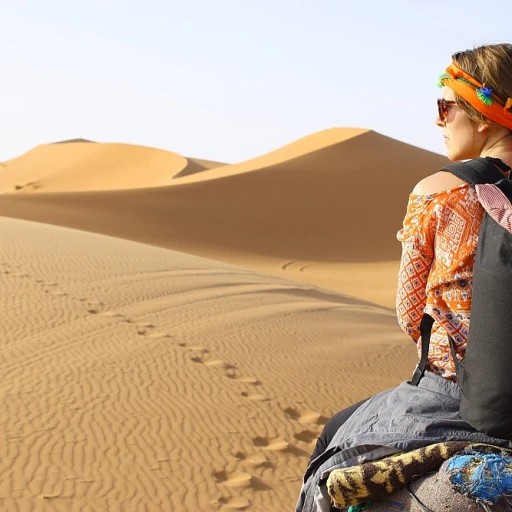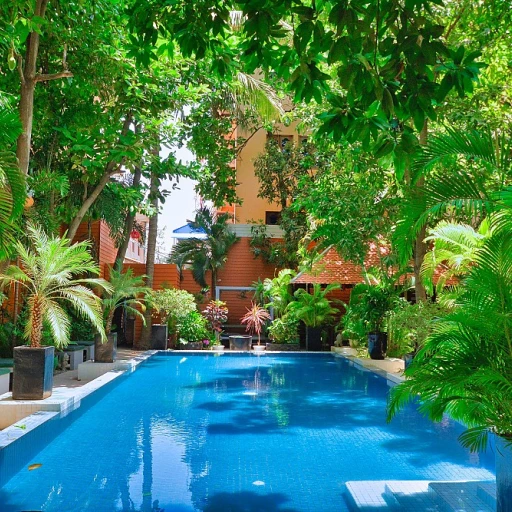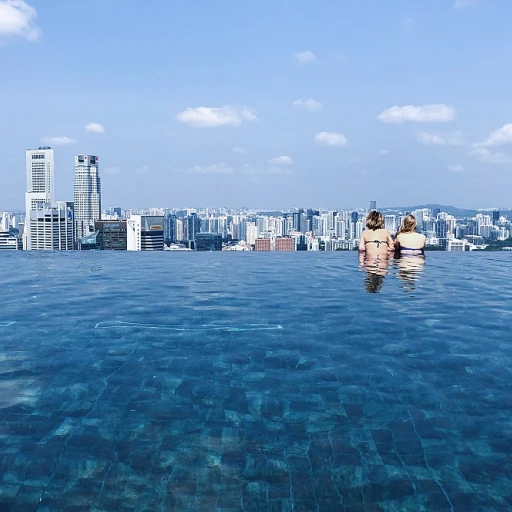Understanding the Annapurna Circuit Map
Decoding the Path of Annapurna
Exploring the intricate pathways of the Annapurna Circuit is essential for a successful trek. This renowned circuit, located in Nepal, offers adventurers a detailed trekking route that stretches through various terrains. With the trek map in hand, anticipation builds the moment trekkers step out from Kathmandu or Pokhara. As you prepare to navigate this enthralling course, understanding the annapurna circuit map is crucial. The map reveals a trail that interlaces with diverse landscapes and cultures, making each day an exploration of both nature and humanity.Unveiling the Terrain
The circuit is a challenging journey; grasping the map only enhances your preparedness. It leads through places like Manang and Yak Kharka, pushing through the high altitude of the Thorong Pass. The route, varying in altitude from base camp to higher climbs, demands careful navigation. On average, trekkers spend around 18 to 21 days in this circuit annapurna, with each day trek bringing new surprises. The trek days are marked by substantial hours on the road, leading from one camp to another. From the start of the trek until reaching the sacred grounds of Muktinath, the map is your guide, pointing to essential resting spots. These include popular day trek destinations like the majestic Tilicho Lake, where the altitude tests endurance while rewarding with breathtaking views. As travelers venture through the circuit trekking, they tread upon paths rich in natural beauty. Navigating the annapurna base circuit ensures not only safety but also the ability to fully immerse in the stunning surroundings. For those interested in scaling other incredible heights, check out the heights of Mount Athos for further adventure inspiration.Unique Challenges of the Annapurna Circuit
Facing High Altitude and Other Obstacles
Embarking on the Annapurna circuit trekking journey is no small feat. The challenging terrain, high altitude, and unpredictable weather often require adventurers to be prepared for a variety of obstacles that come their way. As trekkers navigate the route from Kathmandu to Pokhara and then onward to the trail, they must be ready to handle varying conditions that the trek poses.- High Altitude Challenge: The Annapurna circuit trek takes travelers through elevations that often exceed 5,000 meters, notably at the Thorong Pass. This high-altitude environment requires diligent acclimatization to prevent altitude sickness. Properly planning acclimatization days in places like Manang and Yak Kharka becomes crucial.
- Trail Variability: The path of the Annapurna circuit is as diverse as it is demanding. Trekkers can expect anything from well-trod paths to rough, rocky trails that require careful attention and sometimes strenuous hiking efforts.
- Duration and Endurance: A trek on the Annapurna circuit can last upwards of 15 to 20 days, depending on the route and pace. Staying motivated and preserving energy is essential as each day demands varied amounts of trekking hours, affecting endurance.
- Weather Considerations: Although the trek map outlines a scenic pathway, the weather can change drastically. Trekkers must be prepared to face rain, wind, and even snow depending on the season, which can all affect the duration of trek days.
- Route and Road Conditions: While the trek itself steers clear of busy roads, access trails from towns like Besisahar to the base camp areas sometimes run parallel to roads, affecting the serenity of the circuit trekking.
Cultural Encounters Along the Way
Cultural Connections on Your Trek
Embarking on the Annapurna Circuit isn’t solely about the breathtaking vistas and conquering high altitude challenges. It's also an opportunity to delve deep into the rich tapestry of cultures that thrive in this remote region of Nepal. As you journey from Kathmandu or Pokhara and begin your trek, you'll find that each day brings not just spectacular natural beauty, but also a deeper understanding of the local way of life. Throughout your trek days, you will encounter diverse ethnic groups such as the Gurungs, Thakalis, and Manangis. The villages scattered along the circuit, like Manang with its historical architecture and Muktinath with its sacred significance, offer snapshots of varied cultural practices and spiritual beliefs. As you navigate the trail, you'll notice how hospitality is expressed through the warm welcome extended to travelers. Whether it's sharing a cup of chai in Yak Kharka or witnessing traditional rituals that have been preserved over centuries, the circuit trekking experience is deeply enriched by these interactions. The high-altitude areas present a unique intersection of landscapes and cultures, where local communities have adapted to the rugged terrain and harsh conditions. The route through Thorong Pass, for example, not only tests your endurance but also presents an ethno-cultural education, showcasing how people have lived in harmony with nature over generations. While trekking the map of Annapurna, engage with these communities respectfully and sustainably. Such cultural encounters not only enhance your understanding but also contribute to preserving these traditions for future generations. For those interested in connecting their exclusive trip with a broader travel experience, check out the best airport for your exclusive trip guide to continue exploring unique global destinations.Preparing for the Annapurna Circuit
Packing Essentials for the Annapurna Circuit
Embarking on the Annapurna Circuit trek requires careful preparation to ensure a safe and enjoyable journey. The circuit, known for its breathtaking views and cultural encounters, also presents unique challenges, especially at high altitudes. Here's a guide to help you prepare effectively.
- Clothing: Layering is key when trekking in Nepal. The trek will take you through various climates, from warm valleys to the chilly heights of Thorong Pass. Pack moisture-wicking base layers, insulating mid-layers, and a waterproof outer layer.
- Footwear: Invest in sturdy, well-fitting hiking boots. The trail can be rough and uneven, and good boots will provide the necessary support and comfort over the trek days.
- Navigation Tools: While the Annapurna Circuit map is essential, consider downloading a digital trek map app on your phone for real-time navigation. This will be particularly useful when you are navigating less marked sections of the route.
- First Aid Kit: High altitude can bring unexpected challenges. Pack a comprehensive first aid kit including altitude sickness medication, bandages, and antiseptics.
- Hydration and Nutrition: Staying hydrated is crucial at high altitudes. Carry a reusable water bottle and purification tablets. Energy bars and snacks will help keep your energy levels up during long trekking hours.
Physical and Mental Preparation
The Annapurna Circuit is not just a physical challenge but a mental one too. Training your body for the trek involves building stamina through regular cardio exercises like running or cycling. Incorporate strength training to prepare your legs for the demanding terrain.
Mental preparation is equally important. The trek can be long and arduous, and maintaining a positive mindset will help you overcome the tough days. Remember, the journey through places like Manang and Muktinath is as rewarding as reaching the Annapurna Base Camp.
Logistical Considerations
Before setting off, ensure all necessary permits are obtained. These include the TIMS card and the Annapurna Conservation Area Permit. Both can be arranged in Kathmandu or Pokhara.
Plan your trek days according to your pace and the altitude acclimatization schedule. The trail offers various options for rest days, such as in Yak Kharka, which can be crucial for adjusting to the high altitude.
Finally, keep in mind the importance of sustainable travel practices. Respect the local culture and environment to ensure that the Annapurna Circuit remains a wonder for future trekkers.
Sustainable Travel Practices on the Circuit
Promoting Responsible Adventures
When embarking on the iconic Annapurna Circuit journey, embracing sustainable travel practices is paramount to preserving the pristine beauty of the region. The Annapurna Circuit, with its distinct paths like the trek map from Manang to Muktinath, traverses high altitudes and diverse landscapes, providing a gateway to Nepal's ethereal splendor. Yet, this beauty calls for mindful exploration.- Respect the Trekking Environment: As trekkers embark on the circuit map, it is vital to leave no trace. Carry out all waste and avoid single-use plastics, particularly during the four days where trekkers camp on the Thorong Pass trail.
- Support Local Economies: Along the trek from Kathmandu to Pokhara, engaging with local communities can make a significant impact. Purchasing handmade crafts or dining at local eateries not only enriches the cultural experience but also supports the local economy.
- Minimize Carbon Footprint: Instead of relying on motor vehicles when possible, consider trekking through trails like Yak Kharka or the base of Tilicho Lake. This reduces carbon output and allows for an immersive, environmentally friendly adventure.
- Respect Local Wildlife: Nepal's trails offer occasional sightings of local wildlife. To ensure minimal disturbance, maintain a respectful distance and avoid feeding animals on the route between Annapurna Base Camp and Annapurna Base.
Capturing the Annapurna Experience
Immortalizing Your Annapurna Memories
The journey along the Annapurna Circuit is not just a physical trek; it’s an experience rich with culture, breathtaking vistas, and unique challenges. As you venture through diverse landscapes and high-altitude altitudes of Nepal, capturing each moment becomes a vital part of your adventure.Whether you're pausing at the steely skies near Thorong Pass or witnessing the serene beauty of Tilicho Lake, documenting your trek days can turn fleeting memories into lasting treasures. Here’s how you can immortalize your Annapurna experience effectively:
- Photography and Videography: The Annapurna Circuit offers a treasure trove of panoramic views and cultural encounters worth capturing. From the bustling streets of Kathmandu to the tranquil vibes of Pokhara, ensure your camera or smartphone is ready to capture every moment. Remember to include the unique moments at places like Muktinath and Yak Kharka, and interesting segments along the trail or near the base camp environments.
- Journaling: Maintain a daily journal chronicling your thoughts, feelings, and interactions. This documentation can be invaluable when recalling the triumphs and trials faced along each route, particularly during challenging sections or rest periods at base camps.
- Mapping Your Journey: Utilize a detailed trek map to outline your adventure. Highlight special routes or trails you explored daily, such as the arduous climb to the Annapurna Base Camp or the serene path leading to Manang. Annotating your maps with specific details can make the end of the day contemplations even more rewarding.
- Digital Blogs and Stories: For those inclined towards digital storytelling, blogging each trek day can offer an expressive platform to share your journey. This can also become an interactive way to engage with family, friends, and fellow trekking enthusiasts.












-large-teaser.webp)